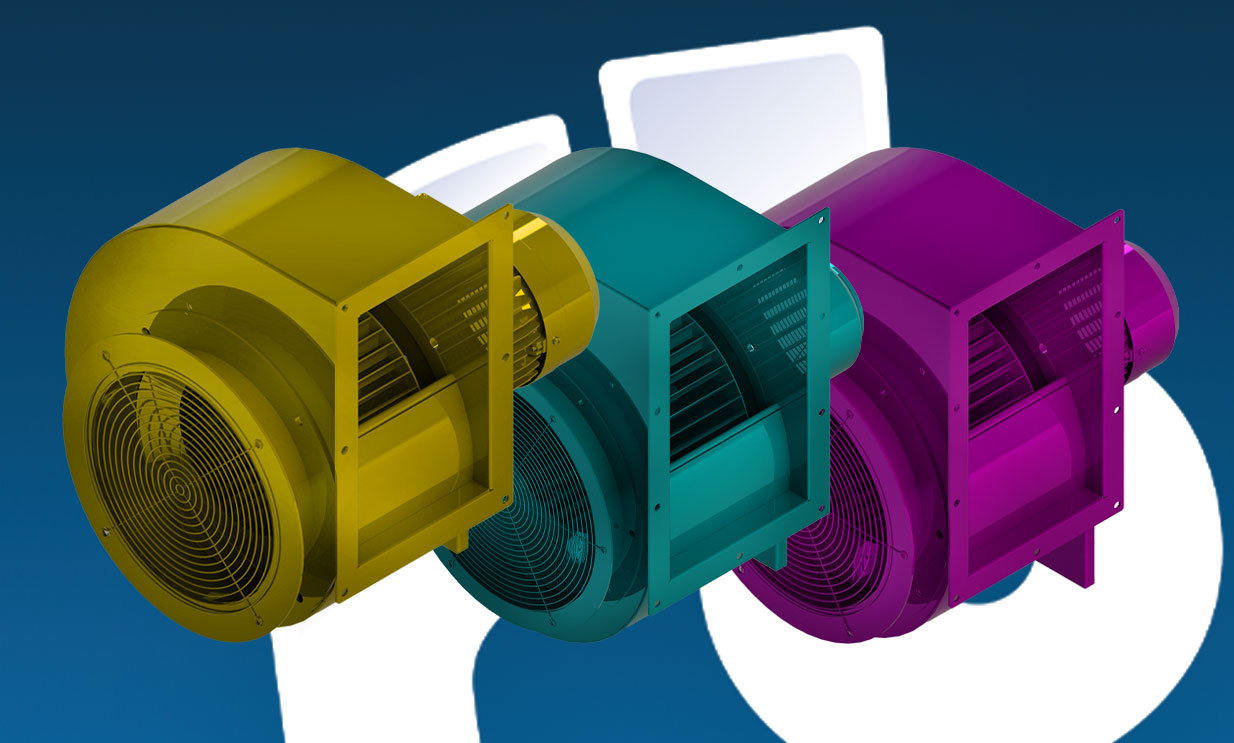What is ATEX? ATEX Equipment and Explosive Atmospheres
18.03.2025
Introduction to ATEX
ATEX refers to two European directives designed to regulate safety in explosive atmospheres. These regulations aim to protect workers and ensure that equipment used in such environments is safe and compliant. Explosive atmospheres can result from flammable gases, vapours, mists, or combustible dust, posing severe risks if not properly managed.
Understanding Explosive Atmospheres
An explosive atmosphere is a mixture of dangerous substances with air under atmospheric conditions (typically -20°C to 40°C and pressures of 0.8 to 1.1 bar). When ignition occurs, combustion spreads rapidly, leading to explosions that can cause significant damage and loss of life.
ATEX Directives Explained
ATEX is governed by two key directives:
1. Directive 99/92/EC (ATEX 137 - Workplace Directive)
- Focuses on improving the health and safety of workers in explosive atmospheres.
- Requires employers to classify hazardous areas and take preventive measures.
- Implemented in Great Britain through the Dangerous Substances and Explosive Atmospheres Regulations (DSEAR).
2. Directive 2014/34/EU (ATEX 114 - Equipment Directive)
- Regulates equipment and protective systems used in potentially explosive atmospheres.
- Ensures free trade of ATEX-certified equipment within the EU.
- Implemented in Great Britain through the 2016 EPS Regulations.
What is an ATEX Zone?
Workplaces must classify hazardous areas into ATEX zones based on the likelihood and duration of an explosive atmosphere. The zoning system helps determine what type of equipment should be used.
For Gases, Vapors, and Mists:
- Zone 0: Explosive atmosphere is present continuously or for long periods.
- Zone 1: An explosive atmosphere is likely during normal operations.
- Zone 2: Explosive atmosphere is unlikely or only for short durations.
For Dusts:
- Zone 20: Explosive dust atmosphere is present continuously or for long periods.
- Zone 21: Explosive dust atmosphere is likely during normal operations.
- Zone 22: Explosive dust atmosphere is unlikely or only for short durations.
What is an ATEX Rating?
ATEX ratings indicate the suitability of equipment for use in specific explosive atmospheres. Equipment must comply with stringent safety standards and bear the ATEX marking, which includes:
- The EX symbol (denoting ATEX certification)
- Equipment Group and category (e.g., II 2G for gas environments)
- The temperature class and protection method (e.g., T4, Ex d for flameproof enclosures)
What is ATEX Certification?
Manufacturers of ATEX equipment must ensure compliance with safety regulations. Certification involves:
- Risk assessments and conformity checks.
- Testing by an independent Notified Body (for higher-risk environments).
- Proper labelling with ATEX identification.
- Documentation and guidelines for safe operation.
Ensuring Workplace Safety in Explosive Atmospheres
To mitigate risks, employers must:
- Identify and classify hazardous areas.
- Use ATEX-certified equipment in zoned areas.
- Provide appropriate anti-static clothing for workers.
- Conduct risk assessments and explosion safety verification.
ATEX is crucial
Understanding ATEX is crucial for ensuring safety in industries dealing with flammable substances. By following ATEX regulations, businesses can protect their workforce, comply with legal requirements, and reduce the risk of catastrophic explosions. Ensuring the use of ATEX-rated equipment and adhering to safety protocols can make workplaces significantly safer and more efficient.
Return To News






